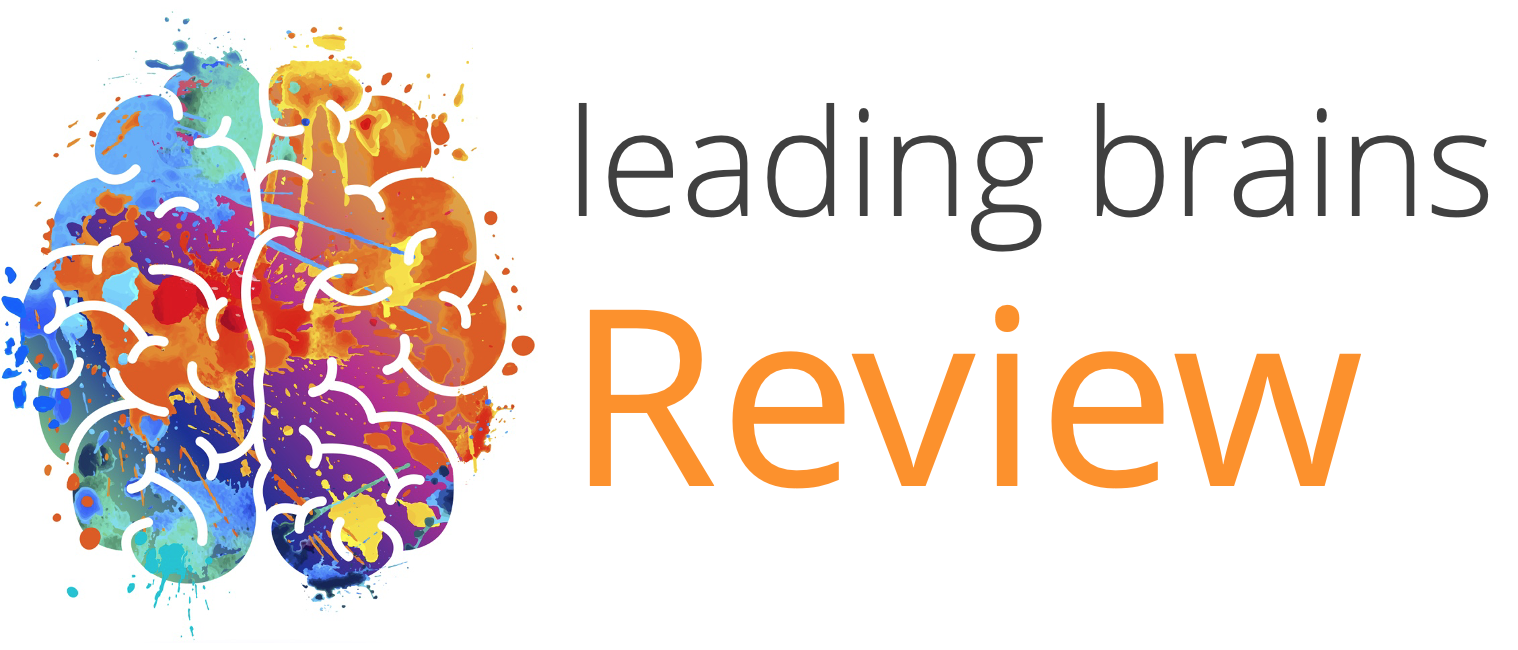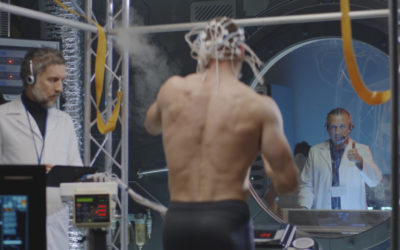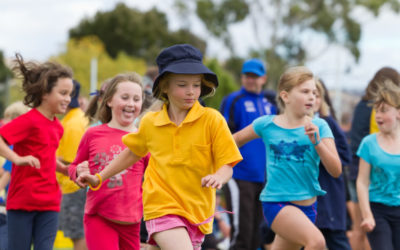Quick Hits
Daily brief research updates from the cognitive sciences

We’ve all heard of near-death experiences and reports of people moving a long a white tunnel or corridor while technically dead. These are often believed to be proof of life after death or of the soul moving on.
These reports capture the collective imagination and they are also very consistent and though not common, common enough to warrant investigation. Attempts have been made but this is inherently difficult to investigate – first of all we need to actually know when people are dying and it may be immoral to suddenly wire them up to brain scanners when they are, not to mention that the concern with all involved will be on keeping the person alive.
However, a team of researchers at the University of Michigan decided to look into this in more detail and first of all looked at animal data they could access. Some of these showed surges after activity in the brain shortly before death which could be a signature of these experiences.
They then managed to find the data of four patients who had passed away in the hospital due to cardiac arrest while under EEG monitoring. These four patients were comatose and unresponsive and considered beyond medical help and had their life support removed after consultation with their families.
And in two of these patients after the removal of ventilation support there was in increase in heart rate and a surge in gamma waves in the brain – precisely those waves associated with consciousness. What’s more those brain waves were found in an area at the back of the brain at the junction between different brain lobes, regions (specifically the temporo–parieto–occipital junction).
This area is associated with dreaming and hallucinations in epilepsy and altered states of consciousness. This could therefore be a view of that near-death experience and it is certainly fascinating that this happens in the dying brain. However, this is only in two patients out of four and as these patents subsequently passed away we have no idea whether this was a near-death experience and a flash of consciousness or not.
It is, also, almost identical with another case I reported on last year – this was also a small sample – a sample of one.
I will continue watching this space with interest.

Andy Habermacher
Andy is author of leading brains Review, Neuroleadership, and multiple other books. He has been intensively involved in writing and research into neuroleadership and is considered one of Europe’s leading experts. He is also a well-known public speaker, speaking on the brain and human behaviour.
Andy is also a masters athlete (middle distance running) and competes regularly at international competitions (and holds a few national records in his age category).
References
Gang Xu, Temenuzhka Mihaylova, Duan Li, Fangyun Tian, Peter M. Farrehi, Jack M. Parent, George A. Mashour, Michael M. Wang, Jimo Borjigin.
Surge of neurophysiological coupling and connectivity of gamma oscillations in the dying human brain.
Proceedings of the National Academy of Sciences, 2023; 120 (19)
DOI: 10.1073/pnas.2216268120
More Quick Hits
When Cognitive Games Do Make You Smarter
Quick HitsDaily brief research updates from the cognitive sciences ognitive games have been around for many years now – the first wave of popularity came with Nintendo’s “brain jogging” almost two decades ago now. These games have claimed that they...
How Walking Makes Some People “Super Taskers”
Quick HitsDaily brief research updates from the cognitive sciences hose of you who have followed my writing will know that I have reported regularly on the amazing benefits of exercise and walking on the brain, body, and cognition. However, though...
Older People are Better at Responding to Distress
Quick HitsDaily brief research updates from the cognitive sciences e may have some cliched ideas of older people like the grumpy or angry old man, or woman (but it is often a man). However, research continually shows the opposite. Namely that...
Guided Play Highly Effective for Learning in Children
Quick HitsDaily brief research updates from the cognitive sciences ood news for some and bad news for traditionalists in education. Some believe that starting education early and using classical and traditional learning activities is the best way...
Childhood Fitness Improves Mid-Life Cognition
Quick HitsDaily brief research updates from the cognitive sciences always find these long-term studies fascinating. Imagine launching study and not knowing what the outcomes will be for another 30 years! This is precisely what this study did. It...
The Truth of “Work Hard, Play Hard”
Quick HitsDaily brief research updates from the cognitive sciences e all know the phrase “work hard, play hard” and this drew my attention when I stumbled across some research actually looking into this - and whether this is a good thing or bad...






